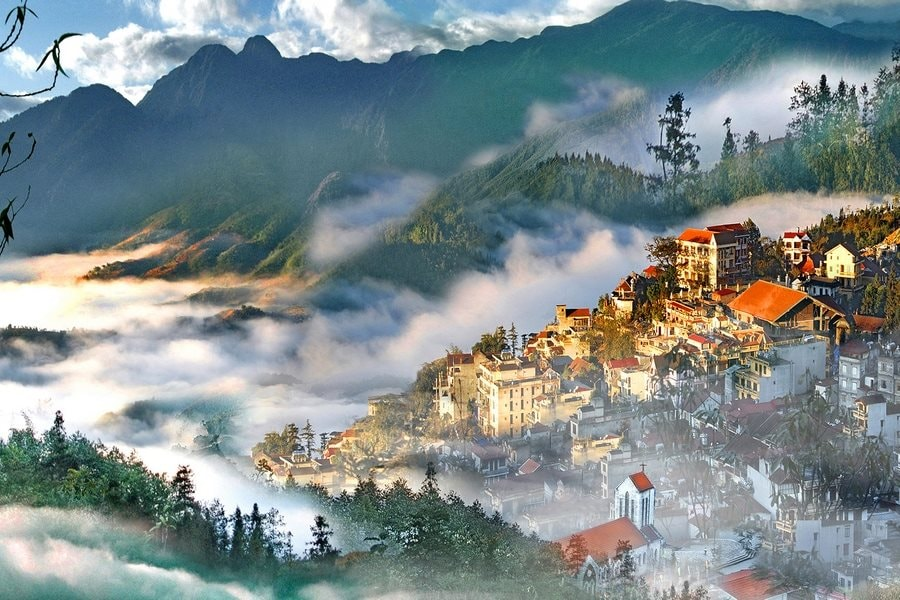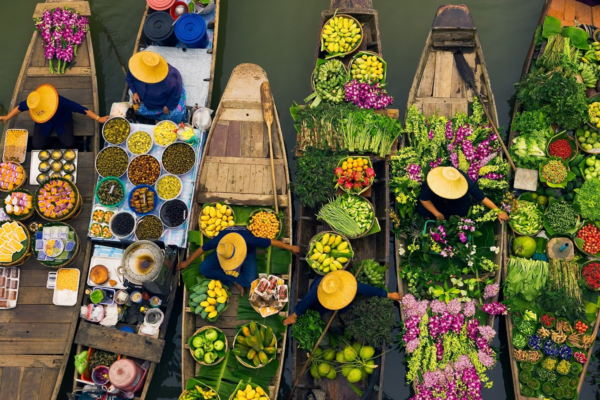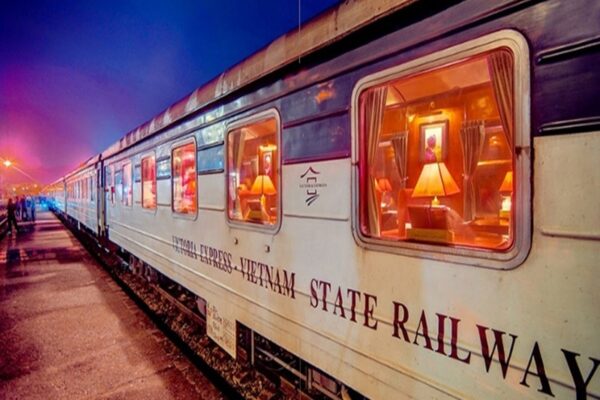As I stepped off the overnight train from Hanoi, the cool mountain air of Sapa immediately refreshed my senses. This small town in northern Vietnam, nestled among terraced rice fields and towering peaks, promised an unforgettable trekking adventure. Join me as I share my experience exploring Sapa’s stunning landscapes and rich cultural heritage.
Preparing for the Trek
Before embarking on your Sapa trekking journey, proper preparation is key. I learned this the hard way when I arrived with only sneakers and light clothing. Here are some essential tips to ensure you’re ready for the trails:
- Footwear: Invest in sturdy, waterproof hiking boots. The trails can be muddy and slippery, especially during the rainy season.
- Clothing: Pack layers! Temperatures can vary greatly between day and night. I brought a lightweight raincoat, warm fleece, and quick-drying pants.
- Backpack: A small daypack is perfect for carrying water, snacks, and extra layers during your trek.
- Trekking poles: These aren’t essential, but they can be helpful on steeper sections of the trail.
- Local guide: While it’s possible to trek independently, I highly recommend hiring a local guide. They provide invaluable cultural insights and can navigate the sometimes confusing network of trails.
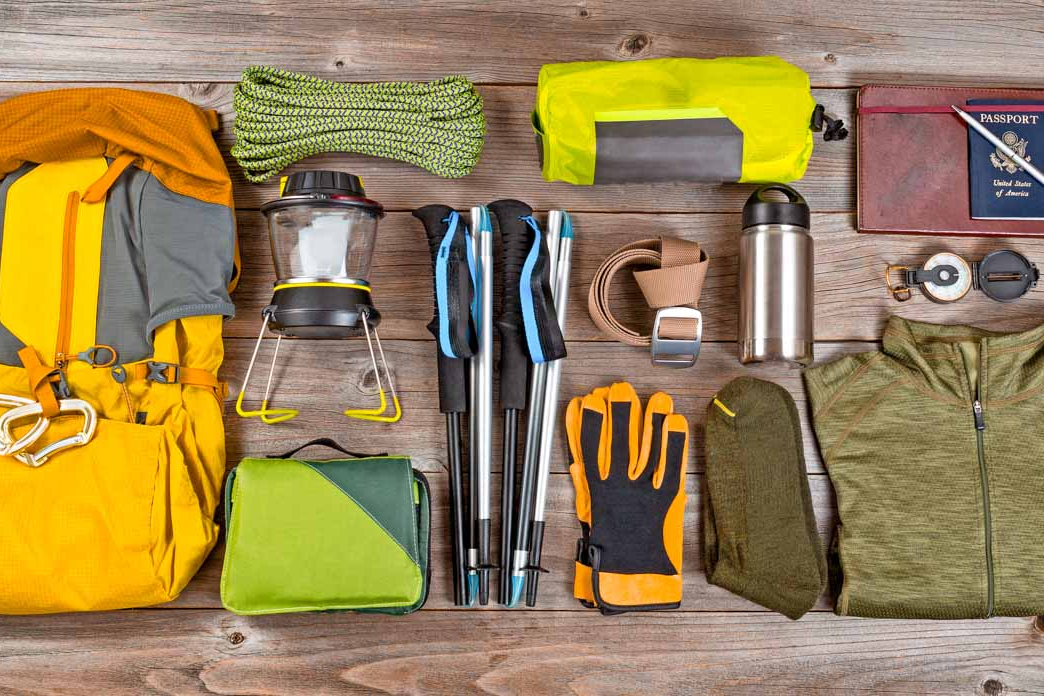
The Trekking Experience
Setting out from Sapa town, I was immediately struck by the dramatic landscape. Lush green rice terraces cascaded down the mountainsides, creating a mesmerizing patchwork of colors and textures. Our first day’s trek took us through several small villages, where we glimpsed the daily lives of the local Hmong and Red Dao people.

The trails varied from well-maintained paths to more challenging rocky sections. At times, we crossed small streams on narrow bamboo bridges, adding an element of adventure to the journey. The moderate difficulty of the trek made it accessible to most fitness levels, though some steeper climbs left me breathless – both from exertion and the stunning views.
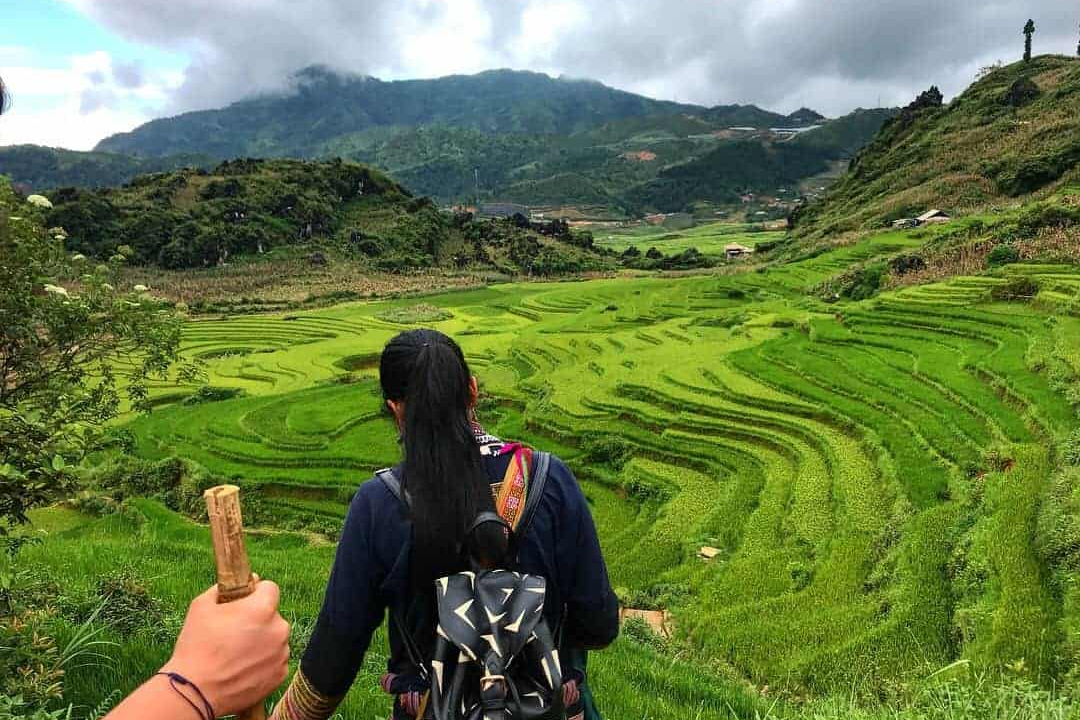
One of the highlights was reaching the top of Mount Fansipan, Vietnam’s highest peak. The panoramic views of the surrounding Hoang Lien Son mountain range were truly awe-inspiring. Standing there, surrounded by clouds and distant peaks, I felt a profound connection to the natural world.
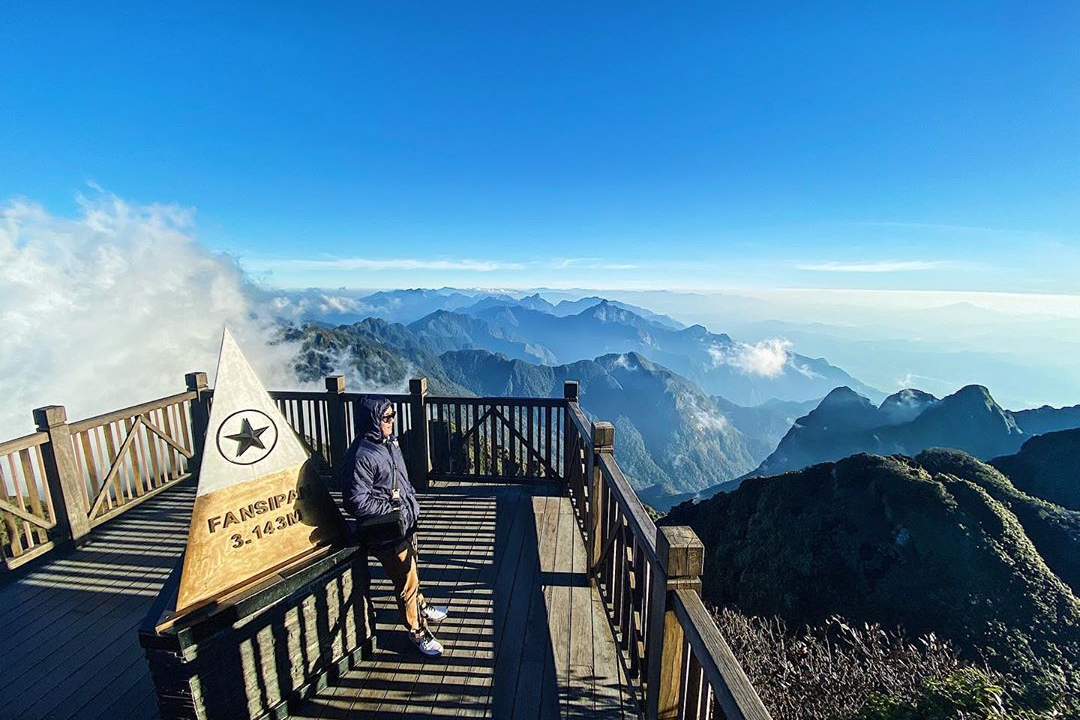
Cultural Encounters
What sets Sapa trekking apart from other hiking experiences is the rich cultural tapestry of the region. Throughout our trek, we encountered members of various ethnic minority groups, each with their distinct traditions and colorful attire.
In one village, we were invited into a Hmong family’s home for lunch. The matriarch of the family, dressed in vibrant indigo-dyed clothing, prepared a simple yet delicious meal of rice, stir-fried vegetables, and grilled pork. As we ate, she shared stories of her community’s traditions and the challenges they face in preserving their way of life.

These interactions were not just photo opportunities but genuine cultural exchanges. I learned about the intricate art of batik fabric dyeing, a skill passed down through generations of Hmong women. The experience gave me a deeper appreciation for the resilience and creativity of these communities.
Practical Tips for Sapa Trekking
- Best time to visit: September to November and March to May offer the most pleasant weather for trekking. I visited in October and enjoyed clear skies and comfortable temperatures.
- Accommodation: While there are homestays along some trekking routes, I recommend basing yourself in Sapa town and doing day treks. This allows for more comfort and a wider range of dining options.
- Fitness level: Most treks are moderate in difficulty, but be prepared for some challenging sections. Build up your stamina with some practice hikes before your trip.
- Respect local customs: Always ask permission before taking photos of people or entering homes. Dress modestly, especially when visiting villages.
- Support local communities: Purchase handicrafts directly from artisans in the villages. This helps support traditional crafts and provides income to local families.
- Stay hydrated: The mountain air can be deceptively dry. Carry plenty of water and refill at reliable sources recommended by your guide.
Culinary Delights
After a long day of trekking, there’s nothing better than refueling with delicious local cuisine. Sapa offers a unique blend of Vietnamese and ethnic minority dishes. Don’t miss these culinary highlights:
- Thang Co: A hearty horse meat soup popular among the Hmong people. It’s an acquired taste but worth trying for the adventurous eater.
- Salmon sour soup: A tangy, comforting dish perfect for cool mountain evenings.
- Bamboo sticky rice: Fragrant rice cooked inside bamboo tubes, often served with grilled meats.
- Local herbs and vegetables: The cool climate allows for growing a variety of produce not found elsewhere in Vietnam. Try the local red mustard greens and forest vegetables in stir-fries.
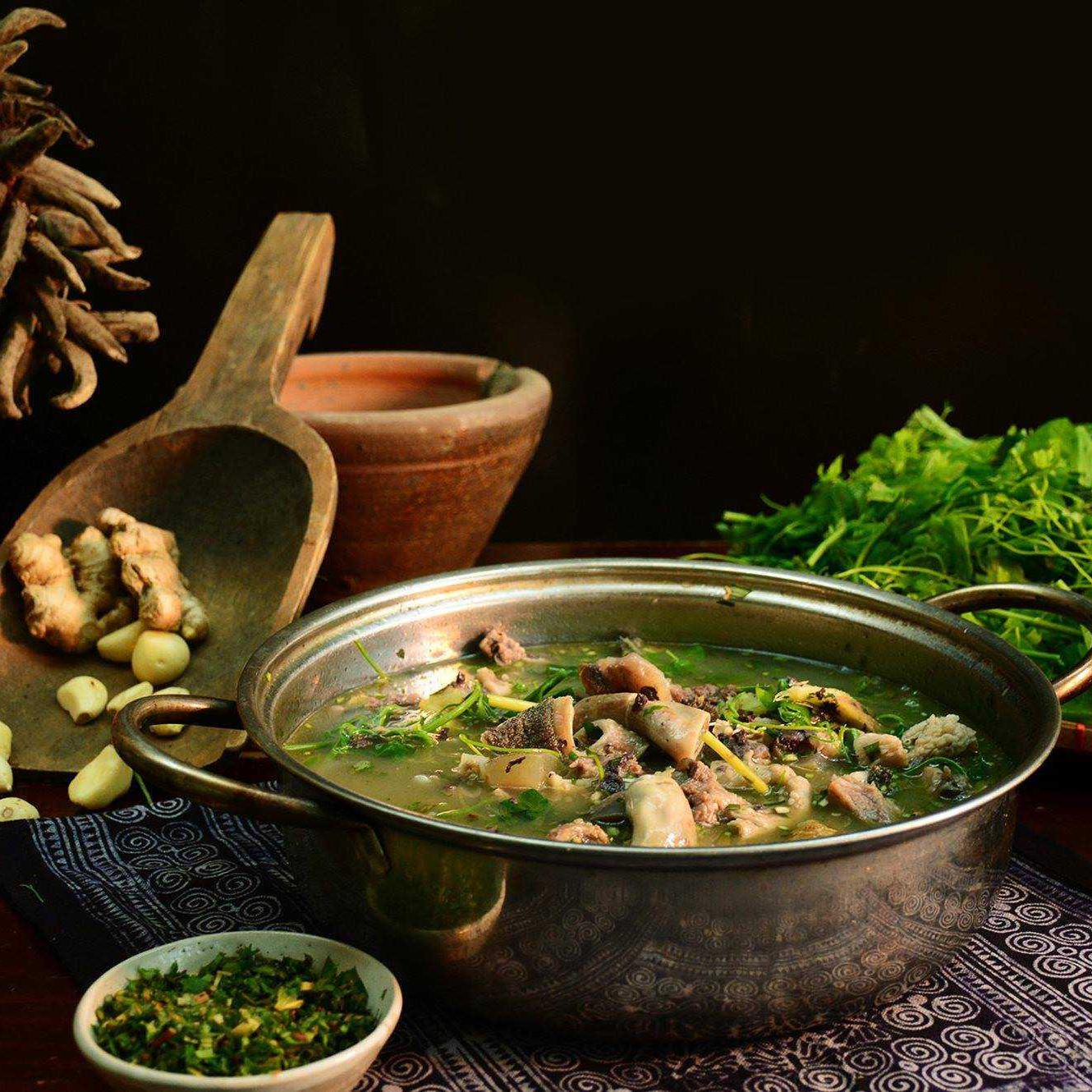
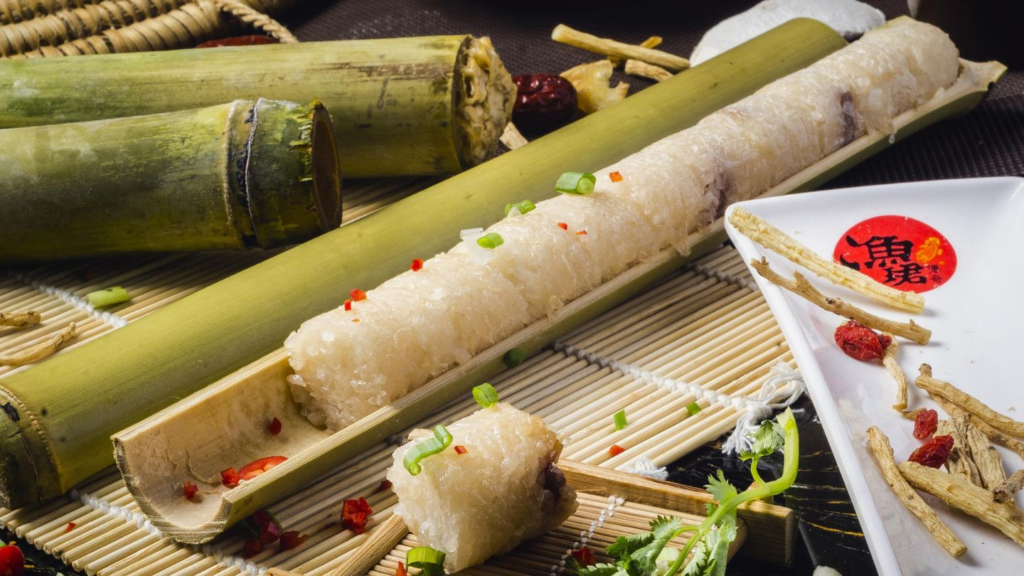
Reflecting on the Journey
As my Sapa trekking adventure came to an end, I found myself profoundly moved by the experience. The physical challenge of the trek, combined with the breathtaking landscapes and meaningful cultural encounters, created memories that will last a lifetime.
Sapa offers more than just beautiful scenery; it provides a window into a way of life that has remained largely unchanged for centuries. The resilience and warmth of the local communities, set against the backdrop of Vietnam’s most stunning mountain range, make Sapa trekking a truly unique and enriching experience.
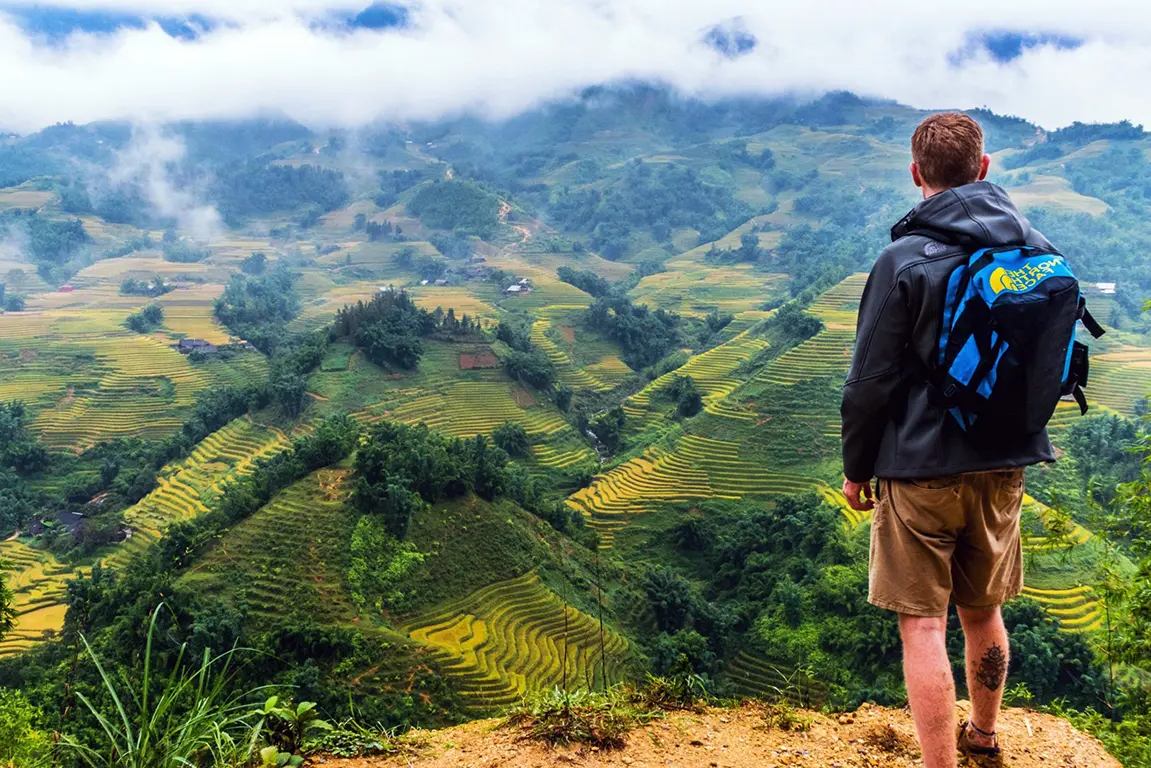
(Source: VinWonders)
Whether you’re an experienced hiker or a novice adventurer, Sapa’s trails have something to offer. As you plan your journey, remember to tread lightly, respect local cultures, and open yourself to the transformative power of this remarkable corner of Vietnam.
For more inspiring travel destinations and expert tips, visit Findtourgo and start planning your next adventure today.
